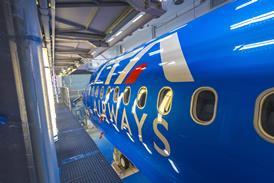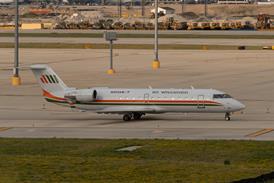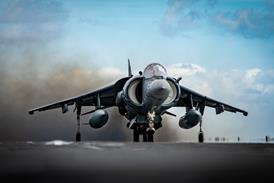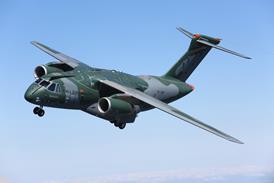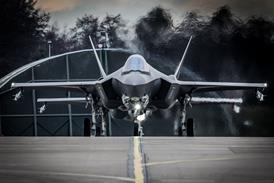One year ago, an Alaska Airlines Boeing 737 Max 9’s mid-cabin door-plug blew out during flight, leaving passengers facing a gaping hole in the side of the jet while the pilots successfully landed the stricken jetliner.
Now, Boeing says numerous steps it has taken in the 12 months following the incident have resulted in “tangible improvements” to the safety and quality of products coming off its production lines.
Additionally, the head of the Federal Aviation Administration (FAA) is seeking to assure the public that the agency has taken sufficient steps to ensure Boeing makes good on its commitment to address its safety problems.
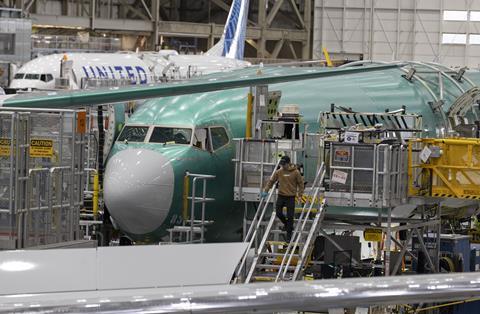
“We put more inspectors on the factory floors. We capped production levels of the 737 Max. We conducted an in-depth audit of the production line,” outgoing FAA administrator Michael Whitaker said in a 3 January blog post. “And most significantly, we required Boeing to develop a comprehensive plan to fix its systemic production quality problems.”
Whitaker’s post came the day Boeing provided on update about its implementation of that plan.
“Boeing’s Safety & Quality Plan is on track with progress showing tangible improvements,” the airframer says. The document includes a list of items Boeing says indicate improvements made to its culture, workforce training, production processes and efforts to eliminate defects.
Many of the items involve tweaks to the 737’s decades-old production system, which experts have described as ripe for modernisation.
Boeing says it has now “addressed” more than 70% of commercial aircraft “action items” identified based on feedback received from employees during brief production halts last year, although does not provide specific details.
Boeing also “released initial simplified installation plans into 737 production” and has updated a system for ensuring accurate documentation of completed work. It has also implemented “new random quality audits” and is working to revise thousands of governance documents and work instructions.
Additionally, Boeing has added “hundreds of hours of new curriculum to training programmes” and is providing assembly workers with improved support from “coaches” and “peer trainers”, the company says.
The firm faces an urgent need to train rookie employees hired recently to replace veterans who departed during the Covid-19 pandemic. Many of the new hires arrived without prior aerospace experience.
Boeing also says it has “significantly reduced defects” in 737 fuselages produced by supplier Spirit AeroSystems. It has done so by beefing up inspections and thanks to a new “quality approval process”.
Boeing has for years been struggling to overcome problems with 737 fuselages supplied by Spirit. In many cases, defects were being discovered after Spirit had shipped the fuselages to the 737 assembly site in Renton.
Notably, defective rivets in a 737 fuselage were a factor contributing to the door-plug blow-out: Boeing workers in Renton had removed the plug so Spirit representatives could fix the rivets, but when refitting the plug, Boeing’s employees failed to reinstall the four bolts intended to secure the plug.
Whitaker’s blog post says the agency’s heightened pressure on Boeing has “hit home”. He notes the company waited one month to resume 737 production after workers ended a strike in November.
“Boeing is working to make progress executing its comprehensive plan in the areas of safety, quality improvement and effective employee engagement and training,” Whitaker says.
“We’re actively monitoring the results and keeping a close eye on work at key Boeing facilities.”
He adds that Boeing needs a “fundamental cultural shift… that’s oriented around safety and quality above profits. That will require sustained effort and commitment from Boeing and unwavering scrutiny on our part”.
No passengers or crew were seriously injured during the 5 January door-plug blow-out. The pilots safety landed the jet, though experts say the event could have been disastrous had the 737, for instance, been at higher altitude when the plug let go.
The event capped a long period of quality problems suffered by Boeing and sparked several investigations.


